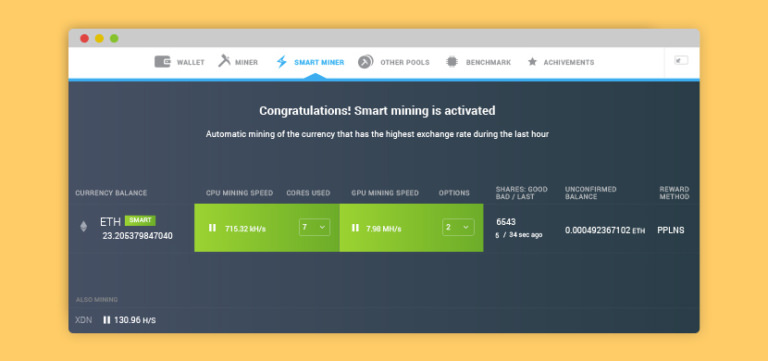

However, the GDAL2Tiles.py script maintained as part of the GDAL library, and packaged with the latest GDAL 1.8.1RC2release, is version 19288, dated April 2010.
#Maptiler baced on without gui code#
Firstly, the source code repository reveals that the current MapTiler executable was compiled using version 15748 of the GDAL2Tiles.py script, dated November 2008.The current version of MapTiler (download from ), for me, has three main shortcomings: However, like many GUI applications, in the process of simplifying the experience for the end user, MapTiler also loses some of the flexibility and power of the underlying script. Generally speaking, the application is reliable, easy-to-use, and generates pretty good quality results. This is an admirable objective in itself because, as noted in previous posts, simply trying to compile the components of a typical spatial tool chain can be quite a headache. Like all GUI wrappers, it provides a convenient front-end interface, and doesn’t require the end user to have any knowledge of command-line processing or build tools. MapTiler is essentially just a GUI wrapper around the GDAL2Tiles.py python script, which is distributed as part of GDAL. MapTiler is a Windows application that will reproject and cut any GDAL-supported datasource into a set of 256px x 256px image tiles, suitable for use as a custom tile layer in Google Maps or Bing Maps et al. So I’ve been using MapTiler to create some quick raster tilesets from a set of GeoTIFF images.


 0 kommentar(er)
0 kommentar(er)
